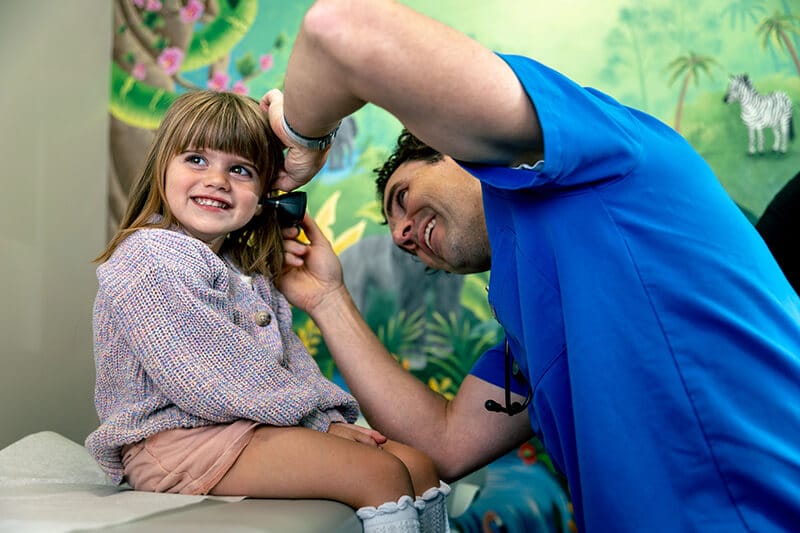Have you ever stubbed your toe, hard? And then gotten angry? Maybe yelled at the person who left the chair in the middle of the room or just whomever is closest at the time. What is the anger about? It could be that the intense pain is being covered up by anger and yelling is a release. Because who really wants to sit and cry in pain over a stubbed toe? But the repercussions of acting in anger damage relationships.
Our emotions can slowly creep up on us or come in fast. But why do we need to talk about our feelings?
Emotional intelligence (EQ), or being aware of how we feel and the ability to read others emotions, impacts our relationships and connection with others. Acknowledging we are in pain after a stubbed toe and saying, or even growling, “That really hurts!” can create the release of emotions needed and communicate to others what we are experiencing.
After a stressful day at work a parent might come home and explode over the proverbial spilled milk. Emotions, being overwhelmed and not attended to, can become big and damaging. Reactions and interactions are dependent on being aware of, identifying and managing these feelings. This same parent might instead notice their stress, recognize how it is affecting them and decide to listen to some music on their commute home to calm and regulate these feelings. Notice that the environment or situation did not change, just the reaction to it.
And then there is the child playing happily with friends and suddenly things go awry. Someone starts hitting, siblings yell at each other and we wonder what went wrong. Then it occurs to us that it is well past lunch time and people are getting hungry. That hunger is making it difficult for that child to manage their emotions appropriately. If they had noticed and communicated the feeling of hunger some distress could have been avoided.
“Three critical components of understanding our emotions are:
- Subjective component: How you experience the emotion.
- Physiological component: How your body reacts to the emotion.
- Expressive component: How you behave in response to the emotion.” (Cherry, K., 2021)
Becoming aware of our emotions before they become too big and overwhelming is helpful in creating more positive interactions and healthy relationships. So, why talk about it? Verbalizing our feelings removes some of their power over us and communicates to others our experience. As a result of the awareness and acknowledgement we are able to cope with our feelings in healthy ways.
Gaining an understanding of our emotions is the first step in communicating them. Listen to your body and notice.
What we can do to help children identify their emotions?
-Model the behavior, say how we feel, “I really enjoyed my lunch with friends today, I was happy to have someone to talk to”.
-Identify what you recognize in them, “looks like you were feeling angry when you were asked to turn off the tv.”
-Listen to and believe how they experience a situation, “sounds like that was very difficult for you.”
Now go, feel and communicate.
Tiffany Grimes, MSW, CSW
Beck, J. (2021, June 28). How to get better at expressing your feelings. The Atlantic. Retrieved April 4, 2022, from https://www.theatlantic.com/health/archive/2015/11/how-to-get-better-at-expressing-emotions/416493/
Cherry, K. (2021). 5 Reasons Emotions are Important. Very Well Mind. Retrieved May 5, 2022, from https://www.verywellmind.com/the-purpose-of-emotions-2795181





